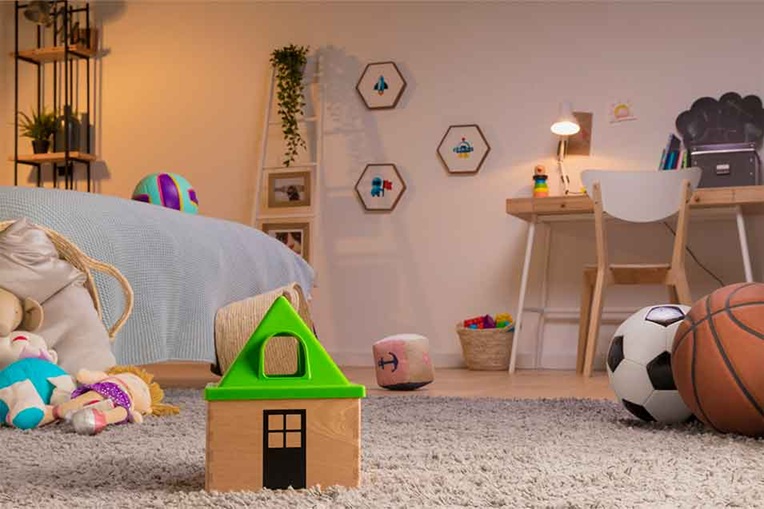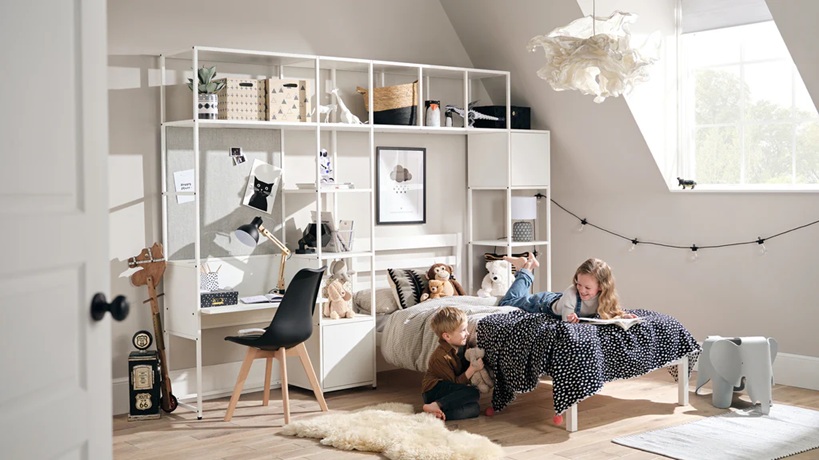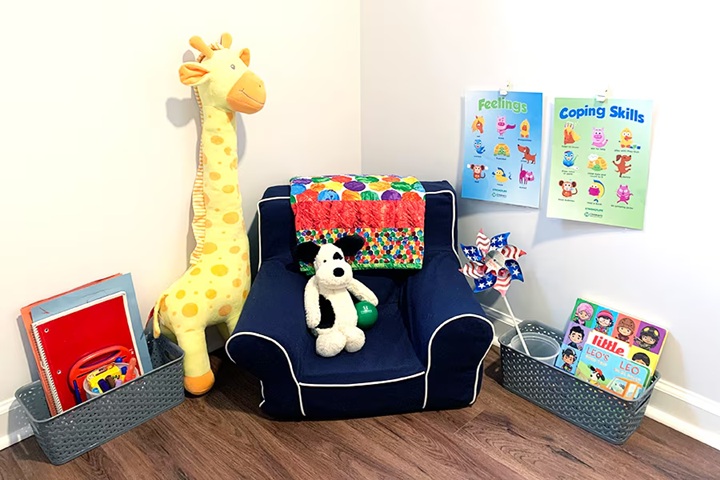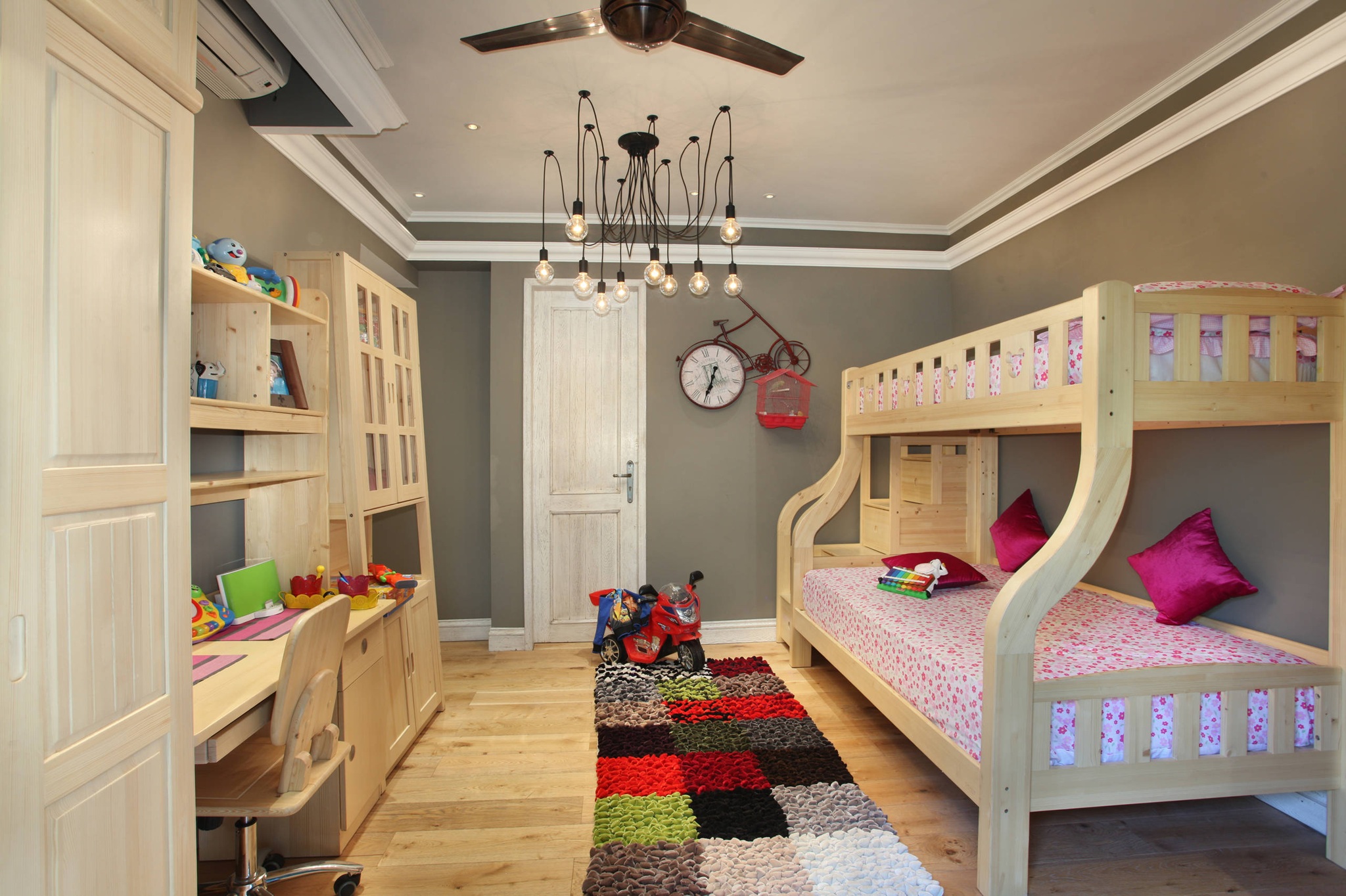Lighting can have a tremendous impact on how your child feels and functions in their space. The right lighting setup can help them stay focused while studying and relax when it’s time to wind down. Whether you’re designing a study nook in their bedroom or rethinking their sleep area, proper lighting is key to creating an environment that balances productivity and rest.
Here are the best lighting strategies to support your child’s growth and well-being while tailoring to their study and sleep needs.
- Prioritize Task Lighting for Study Areas
A well-lit study area ensures kids can focus on their work without straining their eyes. Task lighting, which provides concentrated light for specific activities, is your best friend here.
Desk Lamps for Concentration
A sturdy desk lamp is a must. Look for lamps with adjustable arms or gooseneck designs so the light source can be directed exactly where it’s needed. Opt for LED bulbs that emit soft white or daylight to mimic natural light, which is less harsh on the eyes.
Quick Tip: Choose a lamp with a dimmer switch or multiple brightness settings. Bright light is great during the day, but softer light is better for evening homework sessions.
Positioning Matters
Place the desk lamp on the opposite side of your child’s dominant hand to avoid shadows while they write or draw. For example, if they’re right-handed, the lamp should sit on the left side of the desk.
Bonus Idea: Consider lamps with built-in features like USB ports or pen holders, which can help keep their study area organized.

- Layer Lighting for Versatility
A single light source often isn’t enough for a kid’s space. Layer different types of lighting to create a balanced environment.
Overhead Lights for General Illumination
Make sure the room has a central overhead light, such as a ceiling fixture or pendant light. Install dimmer switches so you can control the brightness for different times of the day.
For a playful touch, look for fixtures that match your child’s personality, like colorful shades or star-shaped designs.
Accent Lighting for Ambiance
String lights or wall-mounted fixtures can add a warm, cozy glow to the room. Use these as accent lighting to make the space feel inviting during downtime. Bonus points if the lights double as decor—for example, fairy lights or themed light fixtures.
- Create a Sleep-Friendly Setup
Lighting in the sleep area should encourage relaxation and prepare the body for rest. Bright, blue-toned lights can interfere with your child’s sleep cycle, so swap them out for softer options.
Nightlights for Comfort
If your child prefers having a light on while they sleep, opt for a soft-glow nightlight. Models with motion sensors work well, especially for younger children who may get up during the night but don’t want a fully lit room.
Extra Tip: Look for nightlights emitting a warm amber or red light, as these colors are less likely to disrupt melatonin production.
Blackout Curtains or Blinds
To ensure the best sleeping conditions, combine good lighting with blackout curtains. These block outside light, helping your child fall asleep faster and stay asleep longer, especially during early mornings or naps.
- Incorporate Fun and Personalized Lighting
Lighting doesn’t have to just be functional—it can also be playful and reflective of your child’s interests.
Themes and Colors
From galaxy projectors to rainbow lamps, there are plenty of whimsical lighting options to add a personalized touch to their space.
Choose lights that enhance their decor while maintaining functionality. For example, a moon-shaped light or star ceiling projector can double as a calming element before bedtime.
Final Thoughts
Thoughtfully designed lighting can transform your child’s room into a dual-purpose haven for study and relaxation. Start with task lighting for focus, layer general and accent lighting for flexibility, and use warm, calming lights to create a soothing sleep environment. With these strategies, your child’s space will not only be functional but also a comforting place where they can thrive.
Take the time to experiment and adjust the lighting as your child grows to keep their room as adaptable as they are!




